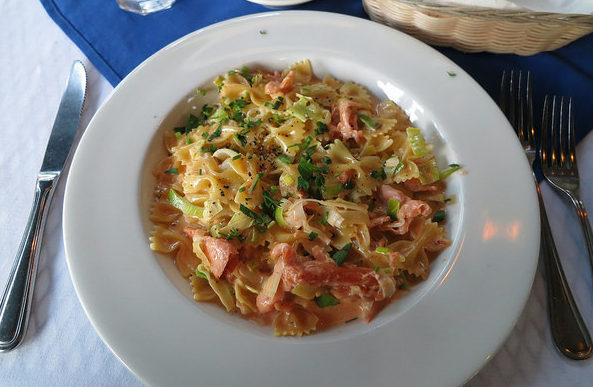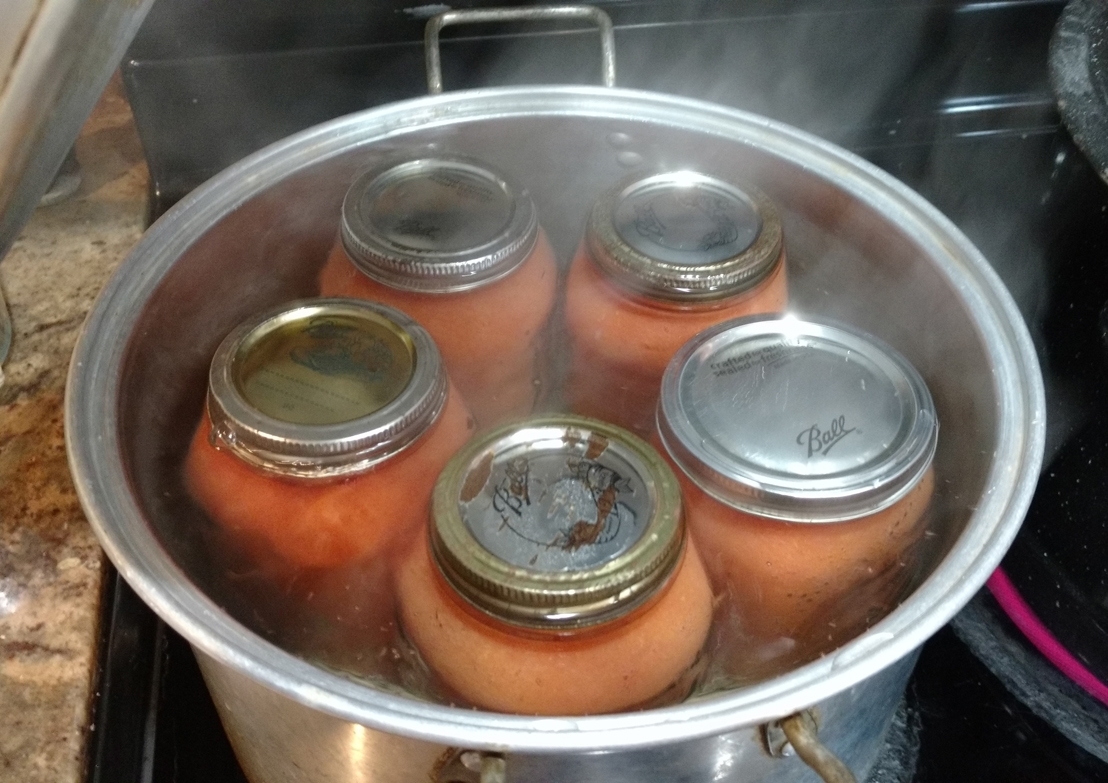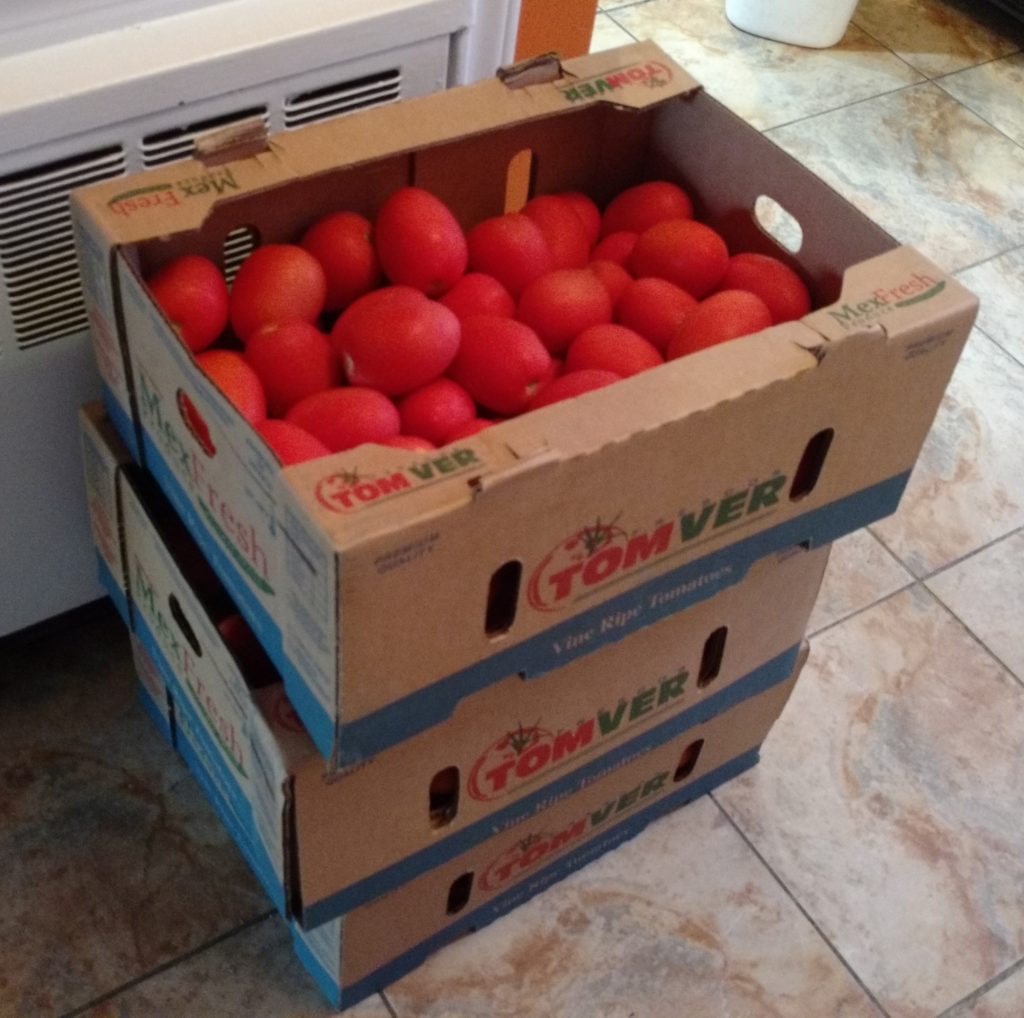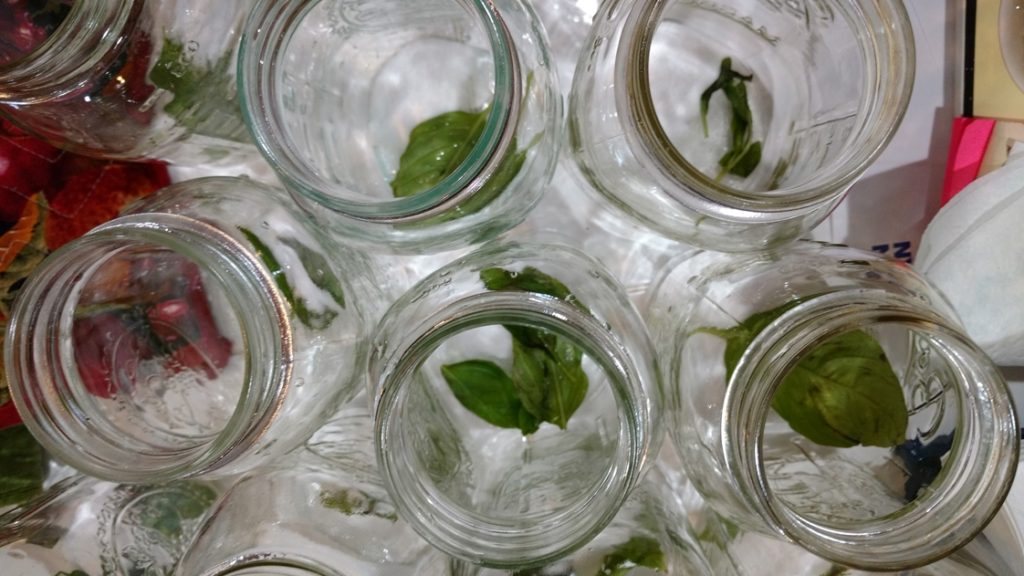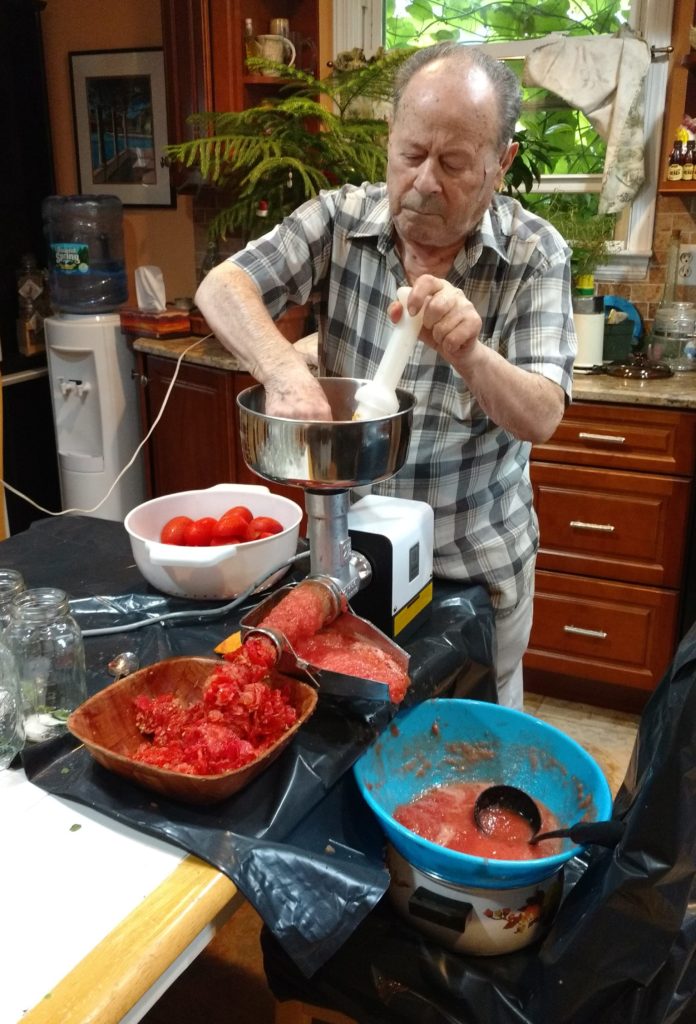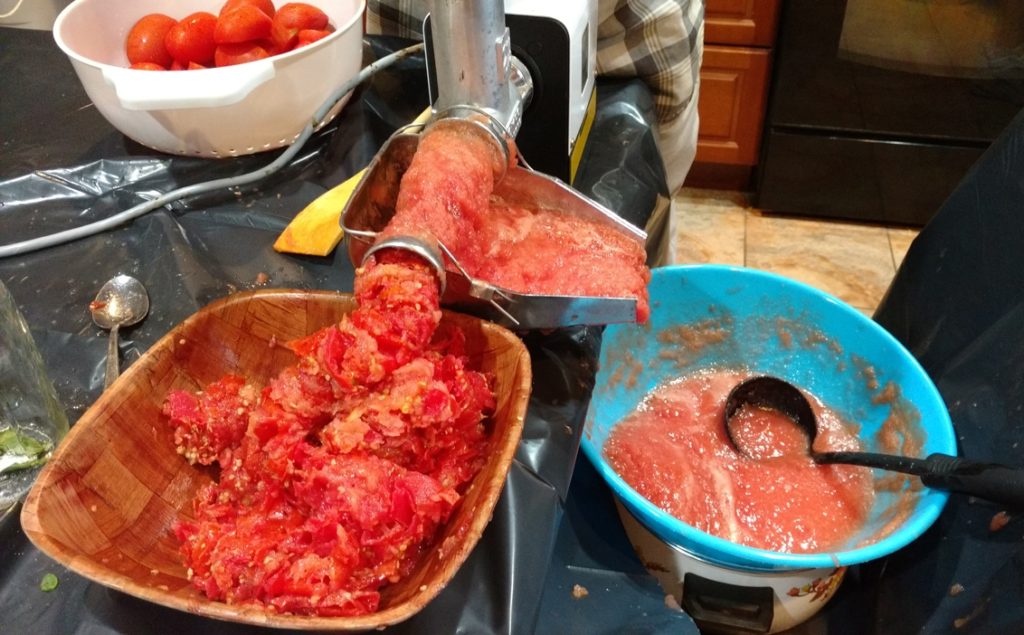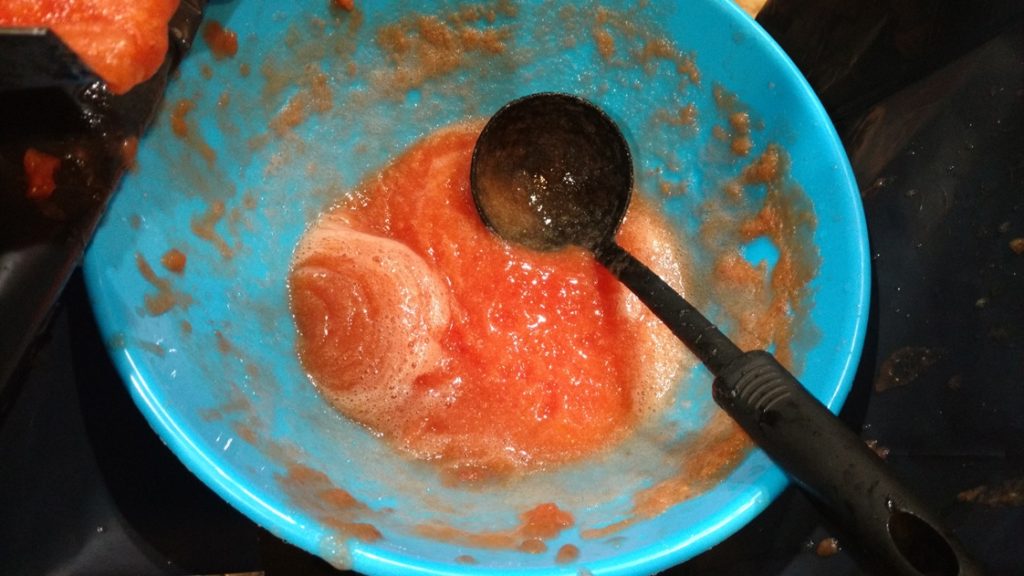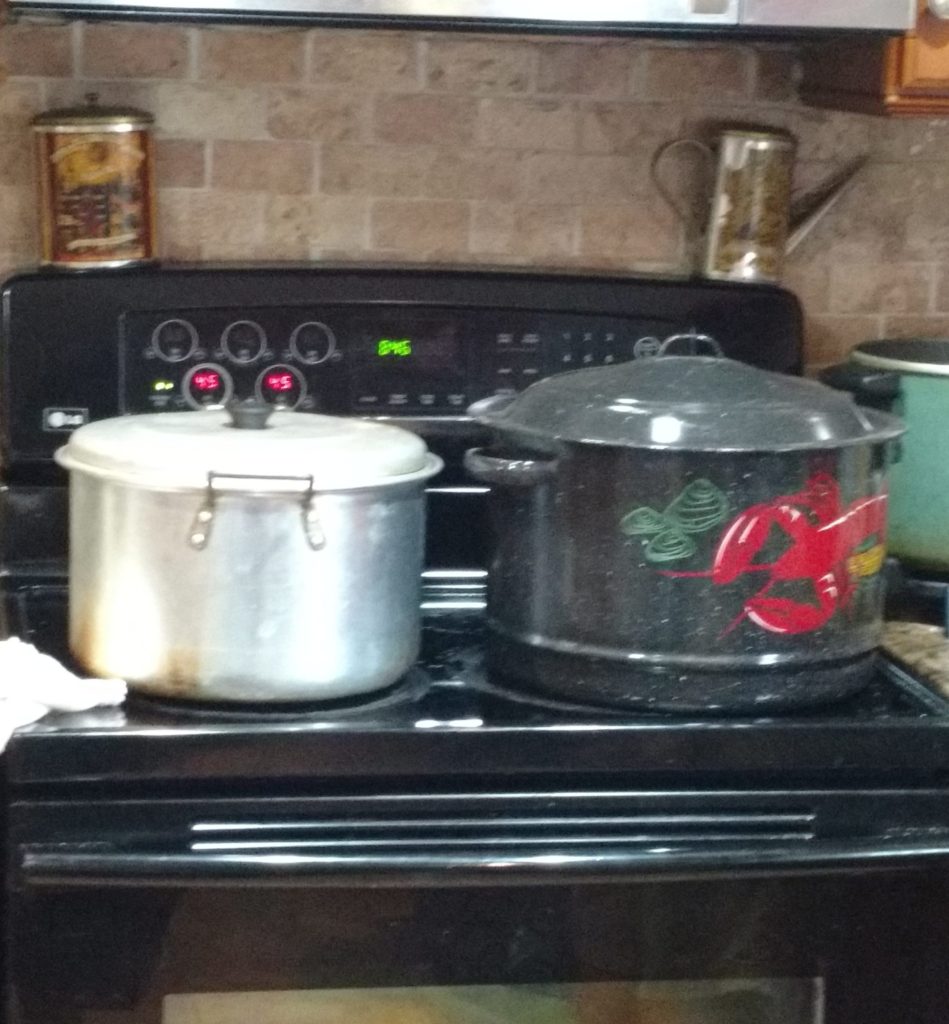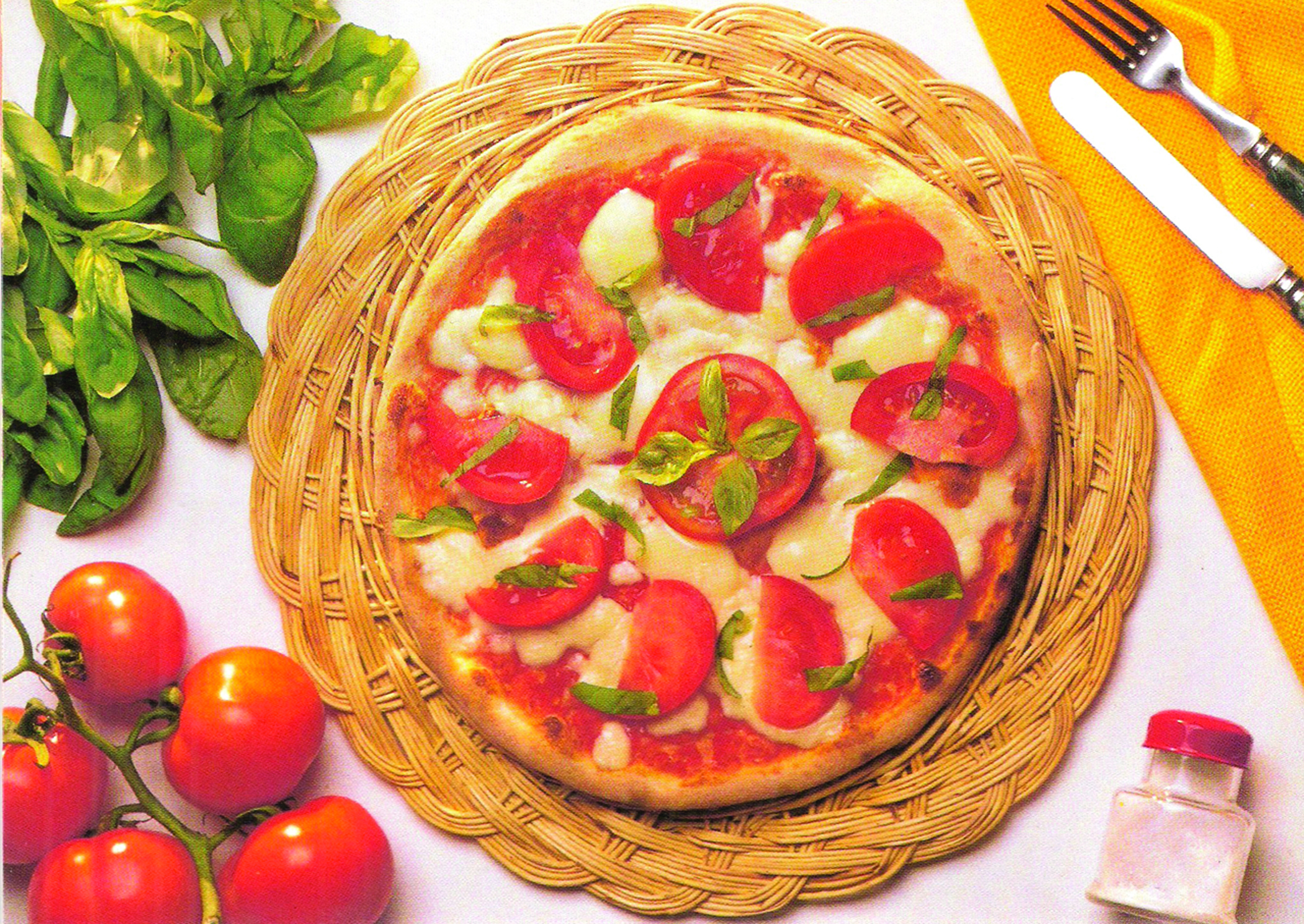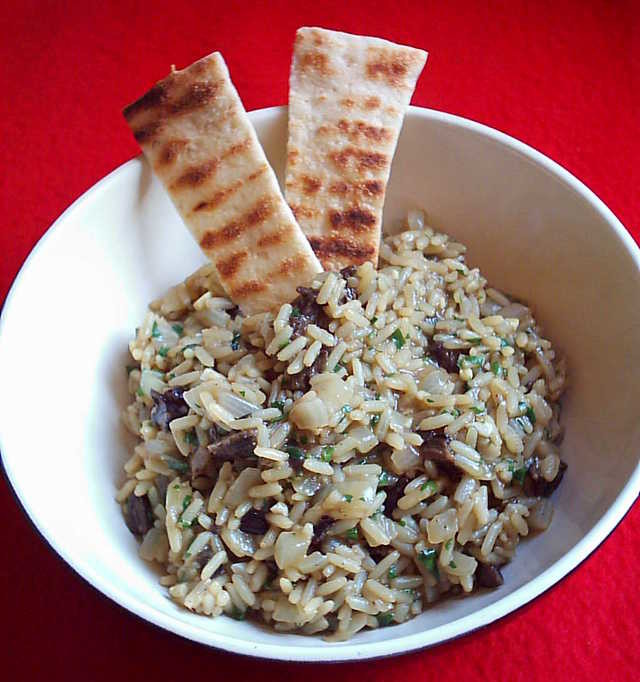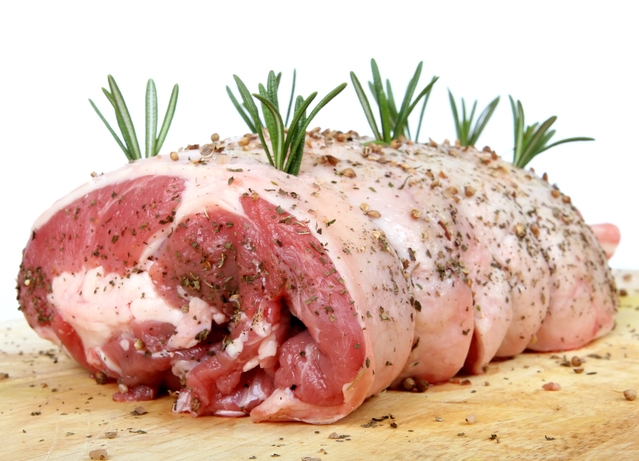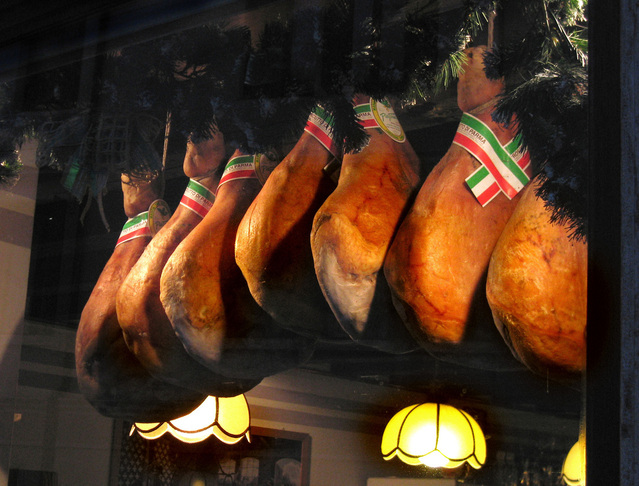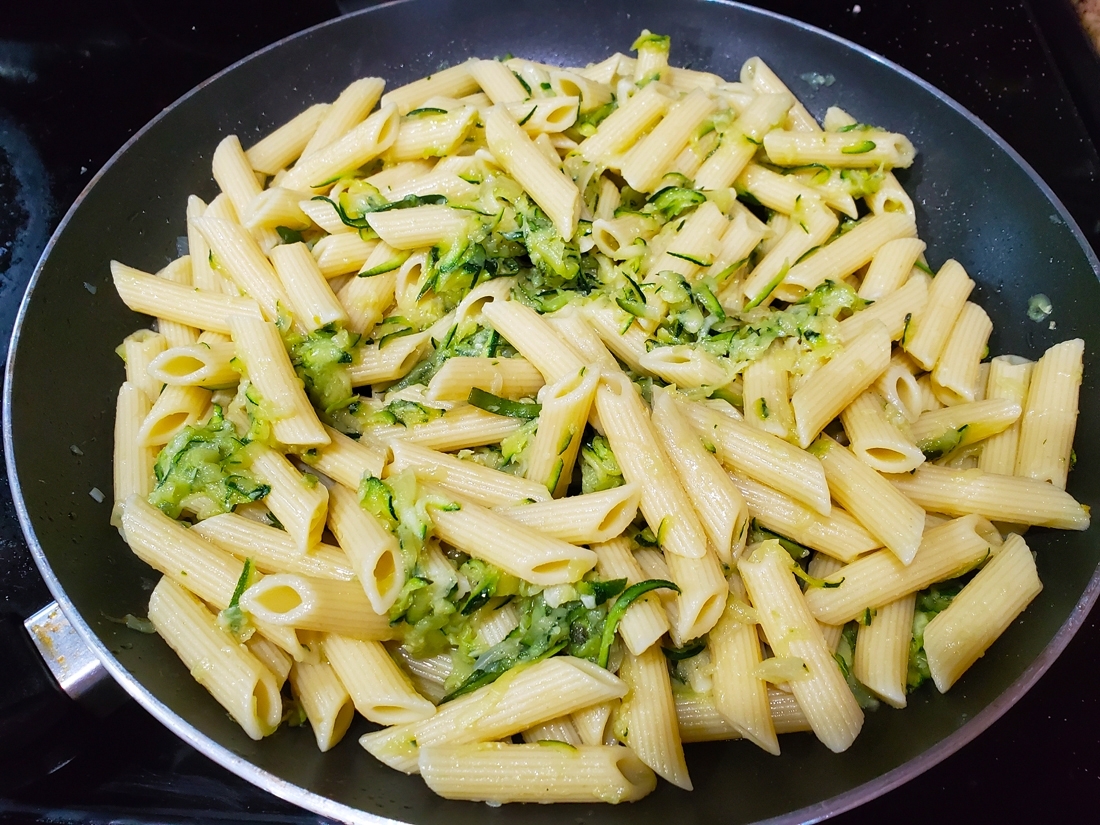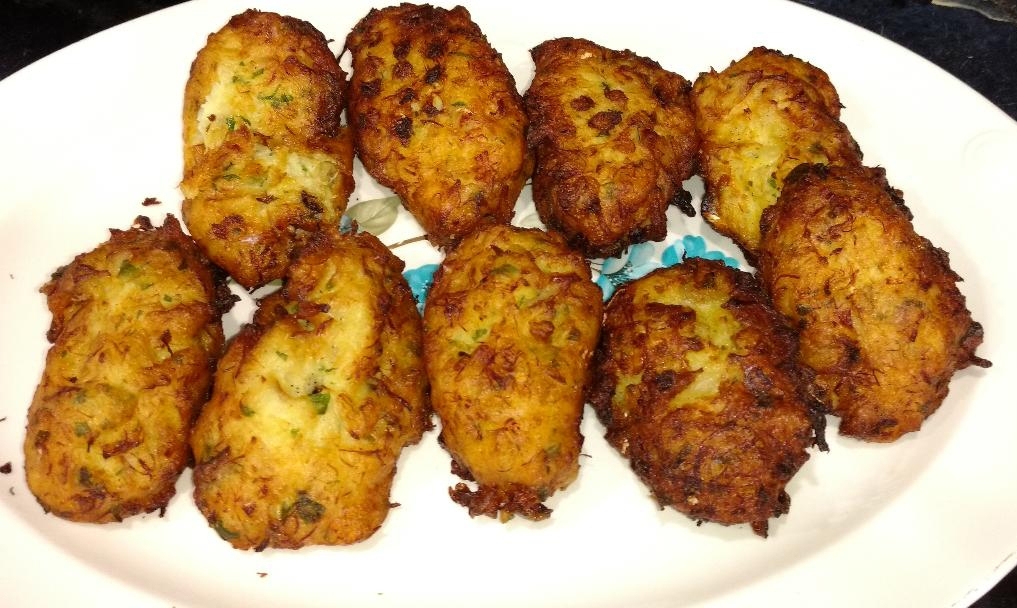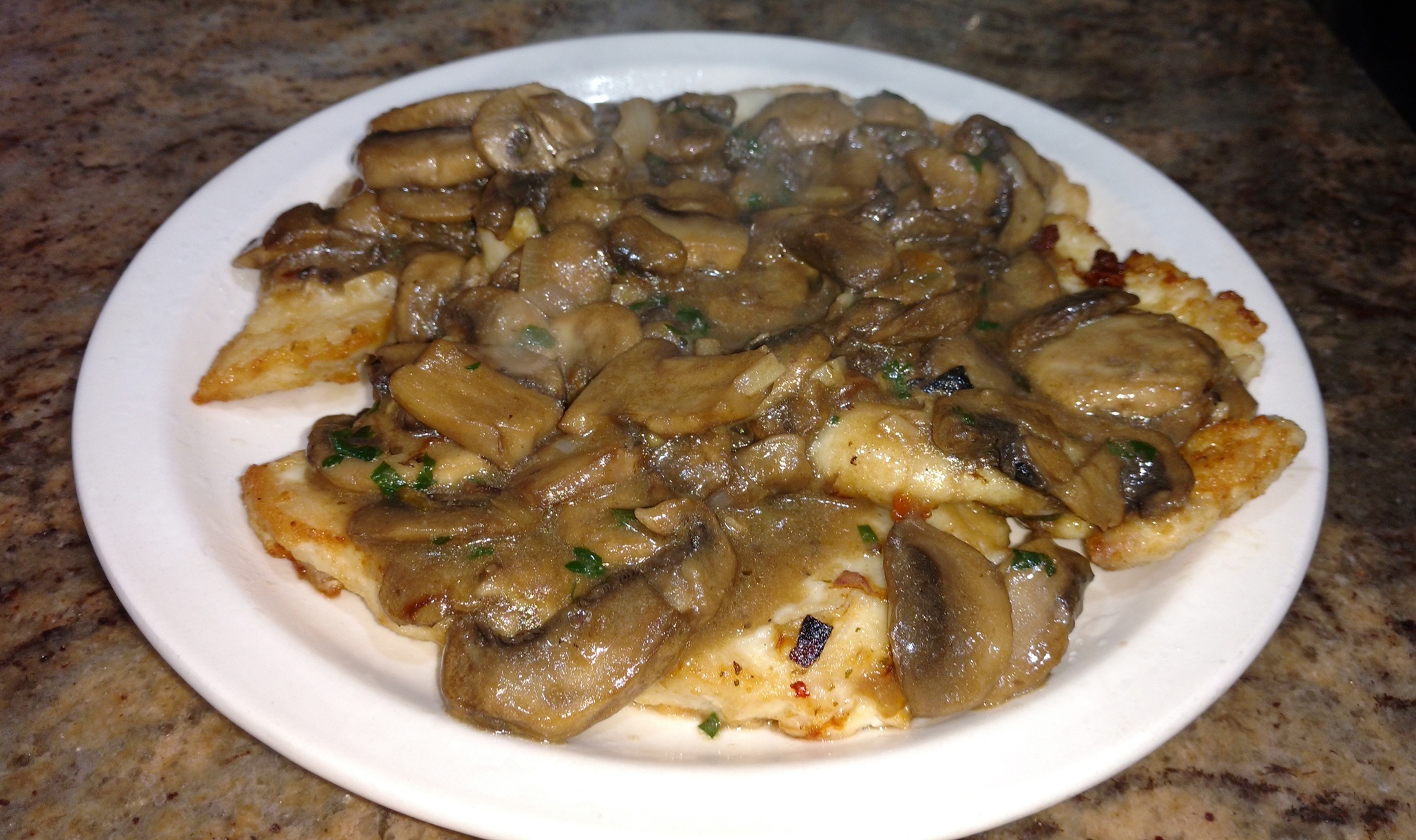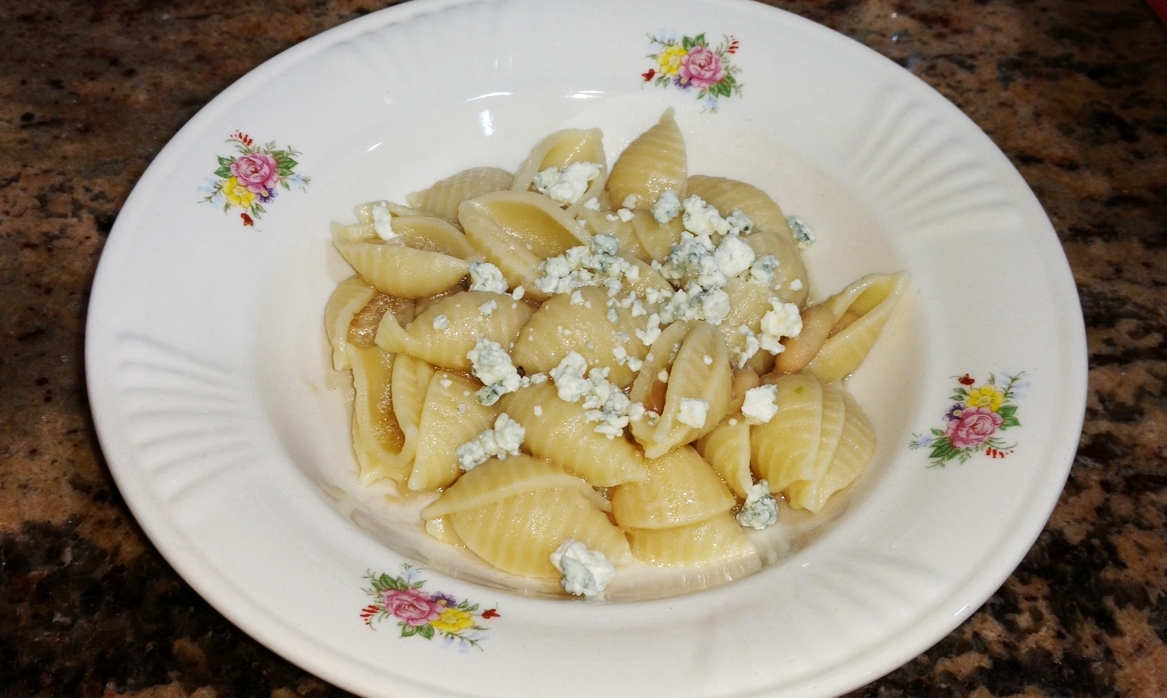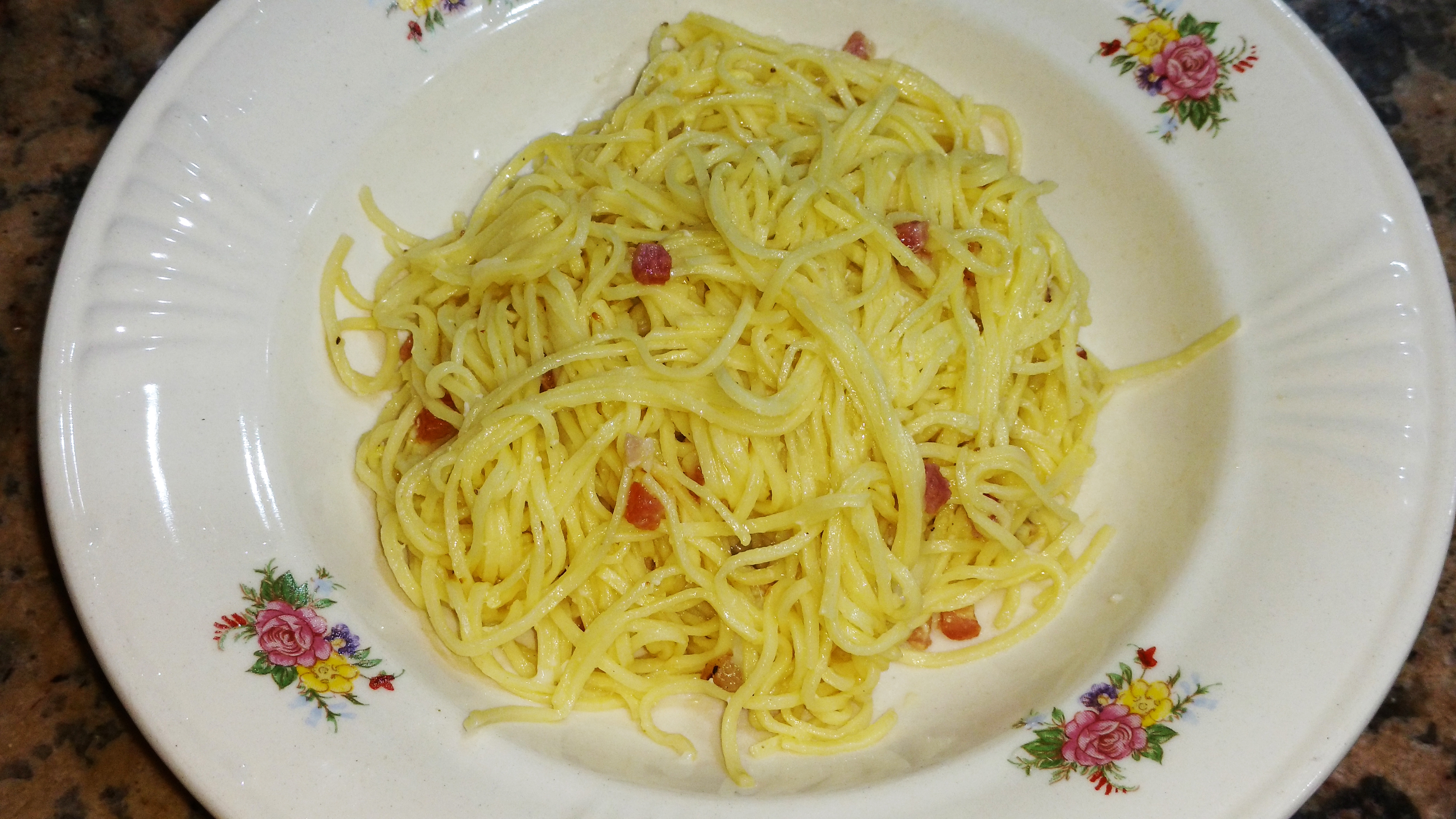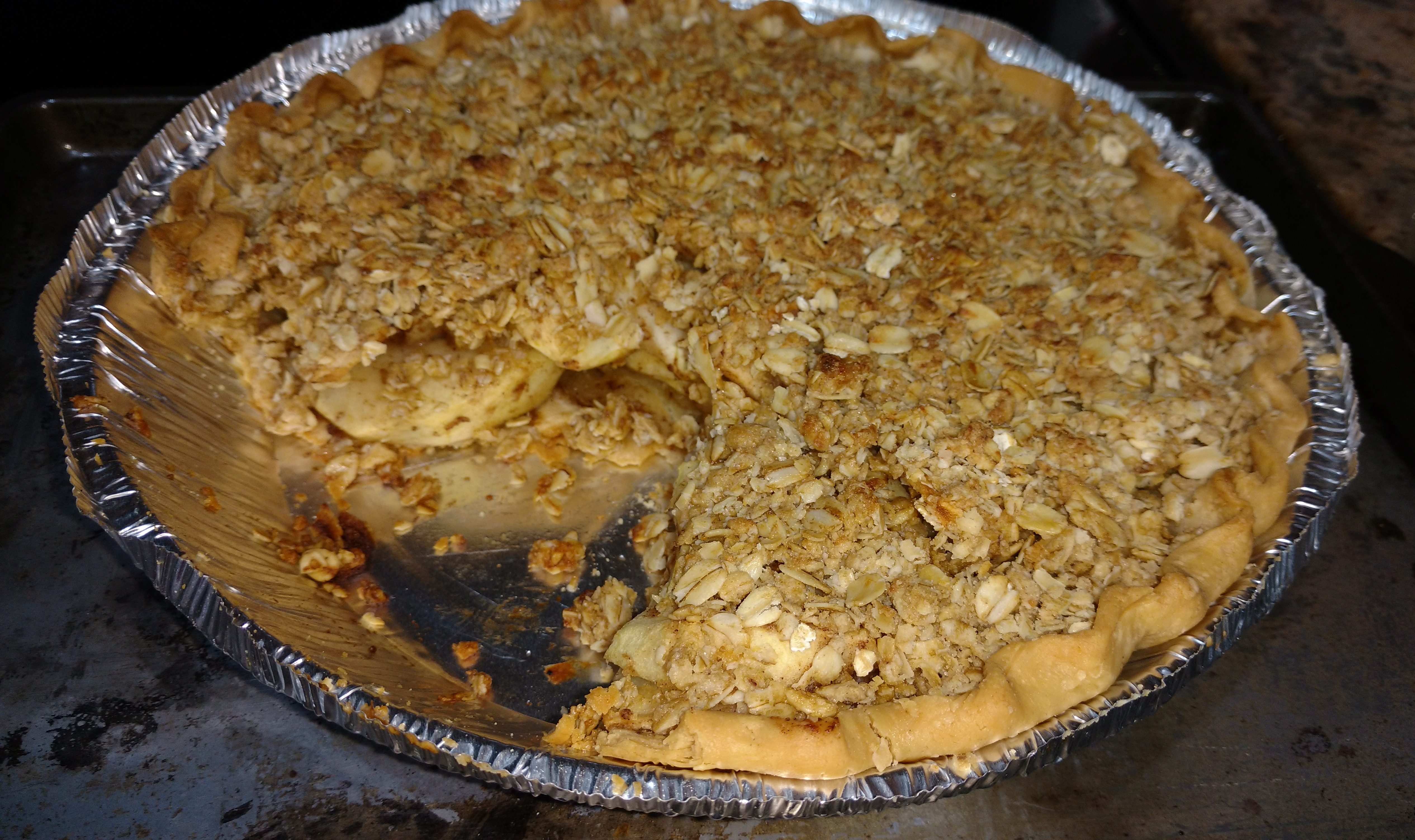Pasta with salmon is a delicious pasta dish with salmon, sundried tomatoes, and capers. You can either use fresh or canned salmon, or smoked salmon, which is what I prefer. If you don’t have heavy cream, you can either use milk or cream cheese (for a tangy, creamier consistency). I also like to use short pasta, and sundried tomatoes that have been preserved in olive oil.
Serves 4-6 people
Ingredients
1/2 lb penne, rigatoni or farfalle pasta
1 T olive oil
1 shallot, chopped
1 garlic clove, minced
3-4 sundried tomatoes, chopped
5 oz tomato sauce (or to your liking)
1-2 T heavy cream or cream cheese
4 oz smoked salmon with dill, broken up into bite-size pieces
2 tsp capers
salt, to taste
- in a large pot, cook the pasta according to directions on box, drain, and set aside.
- in a large pan, sauté shallot in olive oil until a little translucent, then add the garlic, stirring.
- add sundried tomatoes and tomato sauce and cook for about 10 minutes, stirring so as not to burn.
- add cream or cream cheese and stir until completely mixed.
- add salmon and stir.
- add capers and salt to taste.
- throw in the pasta and stir until coated, being careful not to break up the salmon any more.
- sprinkle with parsley or chopped scallion on pasta with salmon before serving.

